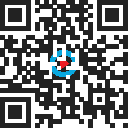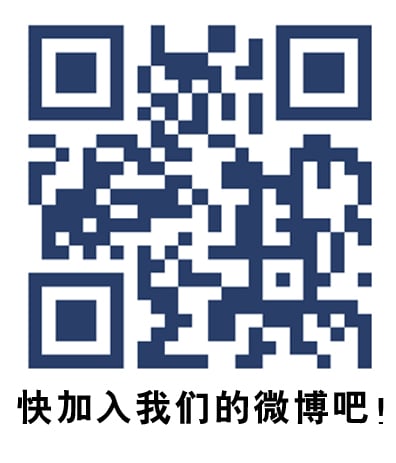Fundamentals
Cabling Certification
Certification is critical for ensuring the reliability and longevity of a cabling system, given that it’s expected to provide service over decades of operation and future technology upgrades. In this article, you’ll learn about the return on investment (ROI) that certification provides, cable testing and troubleshooting, tools for the job, upgrading certification skills, and understanding test reports.
Cabling for Wi-Fi
Every Wi-Fi access point connects with cabling, which means there’s still a lot of wire in wireless. In the real world, contention, interference, and distance limitations limit Wi-Fi throughput to no more than 50% of theoretical maximums. Achieving that 50% and supporting future data rates requires the right cables connected to the access point. Let’s explore what you’ll need to know to support the latest developments in wireless.
Cable Installation Tools
Learn about the cable installation process and cable installation tools that contractors can use to increase efficiency and quality of a cable installation job.
Category 8 Cable Testing
Category 8 cabling and all the related standards have been approved. Below, we review the most common questions related to the latest twisted-pair copper system designed to support future IEEE 25GBASE-T and 40GBASE-T applications.
Characterized to 2 GHz and specified for 30-meter, 2-connector channels, Category 8 is intended as a data center application. It is specifically targeted for data center edge applications in copper server-to-switch connections where the emerging 25 and 40 Gb/s speeds will reside.
Data Center Cabling
The data center is the heart of every enterprise network, enabling the transmission, access, and storage of all information. Data center cabling connects enterprise local area networks (LANs) to switches, servers, storage area networks (SANs), and other active equipment that supports all applications, transactions, and communications. It’s also where the LAN connects to service provider networks that provide access to the internet and other networks outside of the facility. Learn more about what data center cabling is, the standards that govern it, and the challenges and considerations that data center installers, owners, and managers work with.
Fiber Optic Testers
Learn about the common contaminants of fiber optics in today’s mission critical networks and get a detailed look at fiber testing and types of fiber testers to ensure network performance.
Power Over Ethernet (PoE)
For over two decades, cable plants have supported Power over Ethernet (PoE). While early PoE deployments only needed to support up to 30 Watts (W), more devices today require four pair PoE capable of delivering higher levels of power, including the latest 802.11 Wi-Fi access points (WAPs), digital displays, laptops, LED lighting, and more. This article is an overview of PoE-related topics. Learn about what PoE is and how it works, classes and standards, testing and troubleshooting, and more.
In-Building Wireless Systems
Fueled by the proliferation of mobile devices, advancements in bandwidth capacity and reach, and the benefits of untethering devices from fixed wired connections, wireless is rapidly becoming the de facto media for connecting people and things. Most people understand that behind every wireless connection is an infrastructure that provides the uplink connection to the local area network (LAN), service provider networks, and the cloud. Cabling professionals, however, need to know precisely how wireless communications work, and that several types of in-building wireless technologies operate at different frequencies, data rates, and distances for various applications.
Industrial Ethernet Copper Cabling
Originally developed at the Xerox Palo Alto Research Center (PARC) in the 1970’s Ethernet has grown to become the world’s most common networking system. Over the intervening decades, tremendous changes and extensions to the standards have allowed Ethernet to address a wide variety of applications that were never envisioned by the original developers.
Multi-fiber Push On (MPO) Connectors
Multi-fiber push on connectors, or MPOs for short, are fiber connectors comprised of multiple optical fibers. While defined as an array connector having more than 2 fibers, MPO Connectors are typically available with 8, 12 or 24 fibers for common data center and LAN applications. Other fiber counts are available such as 32, 48, 60 or even 72 fibers, but these are typically used for specialty super high-density multi-fiber arrays in large scale optical switches.
Network Cable Testers
Cable testing (Cat 5, Cat 6, and Cat 7 Testing) helps ensure that the installed cabling links provide the desired transmission capability to support data communication. Learn about common tests and cable testers for datacom cabling as well as standards and best practices.
OTDR - Optical Time Domain Reflectometer
Learn about (OTDR) technology as well as OTDR testing and types of OTDR testers used to maintain fiber infrastructure performance.
Twisted Pair Cabling Tester and 10 Gigabit Cabling
Today, 10 Gigabit/sec Ethernet (10GBASE-T) over twisted pair cabling is being implemented in data centers. Learn more about 10Gigabit/sec cabling certification, standards, test parameters and more.




